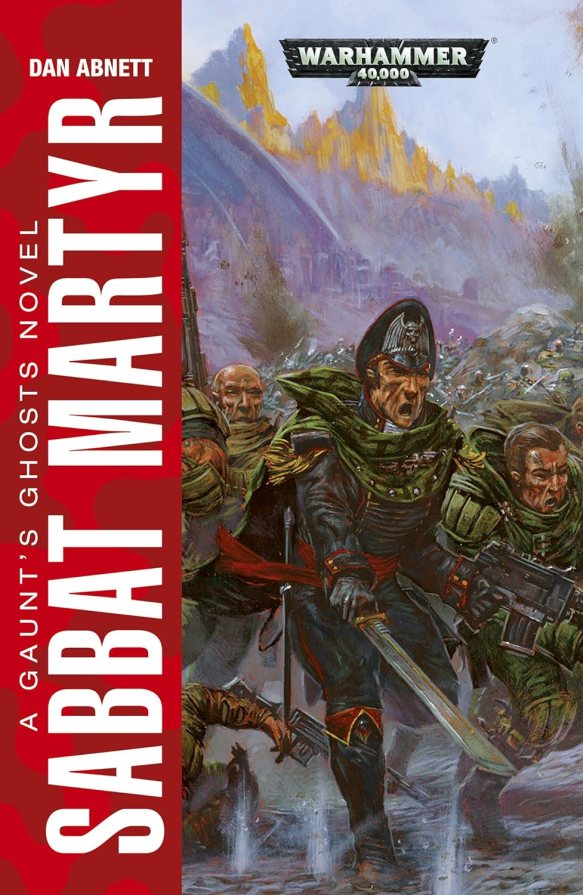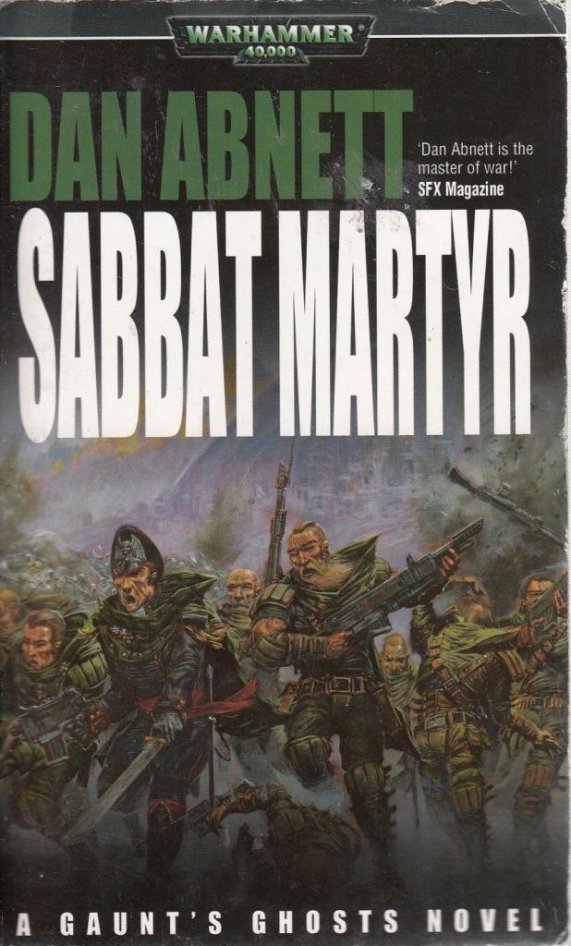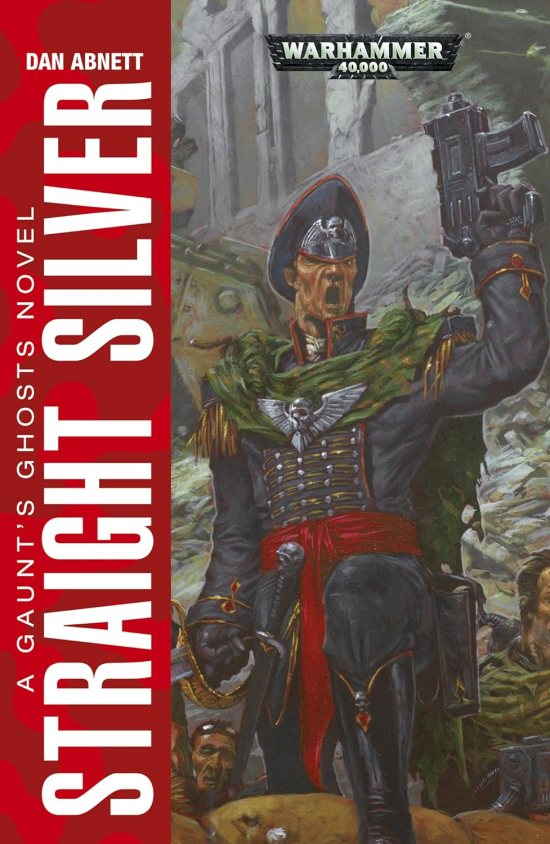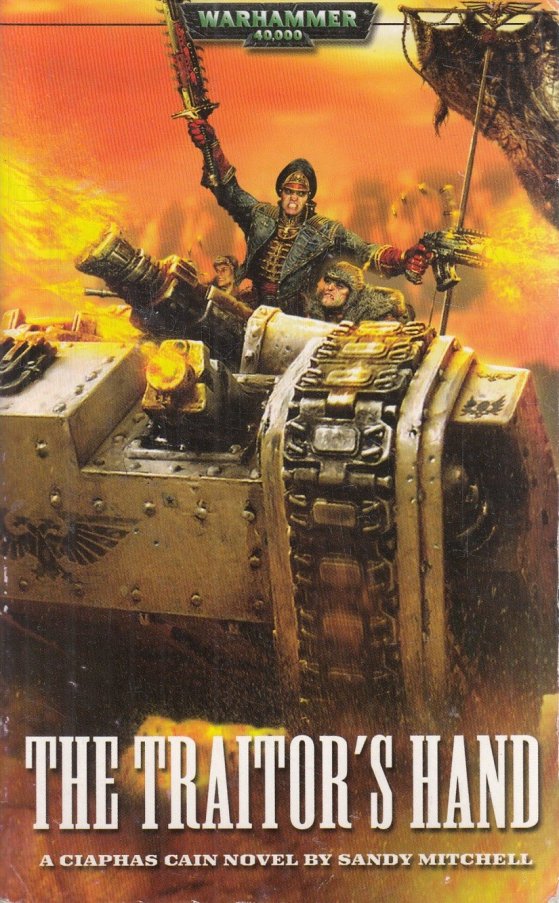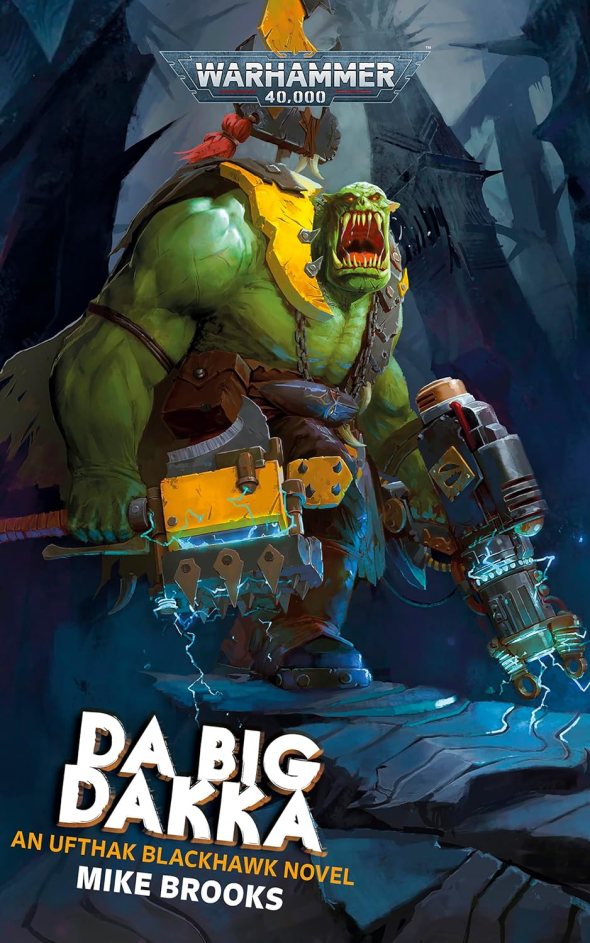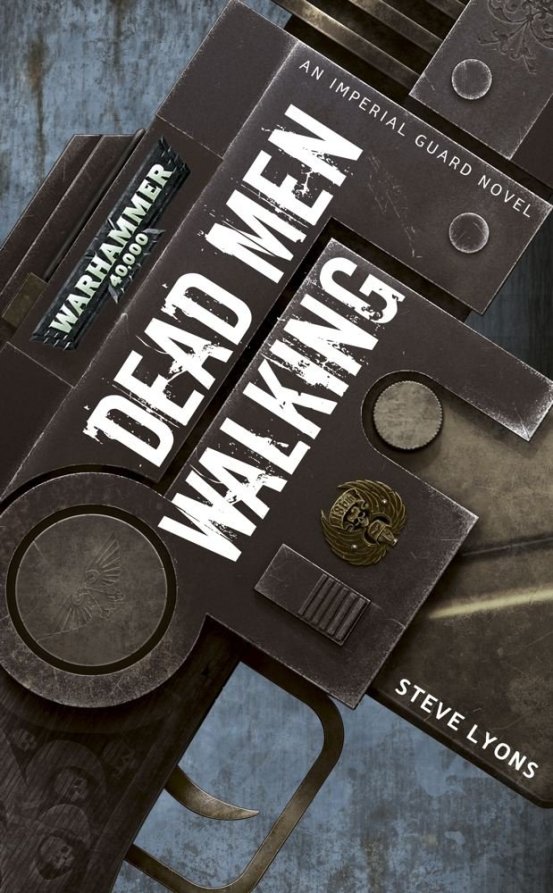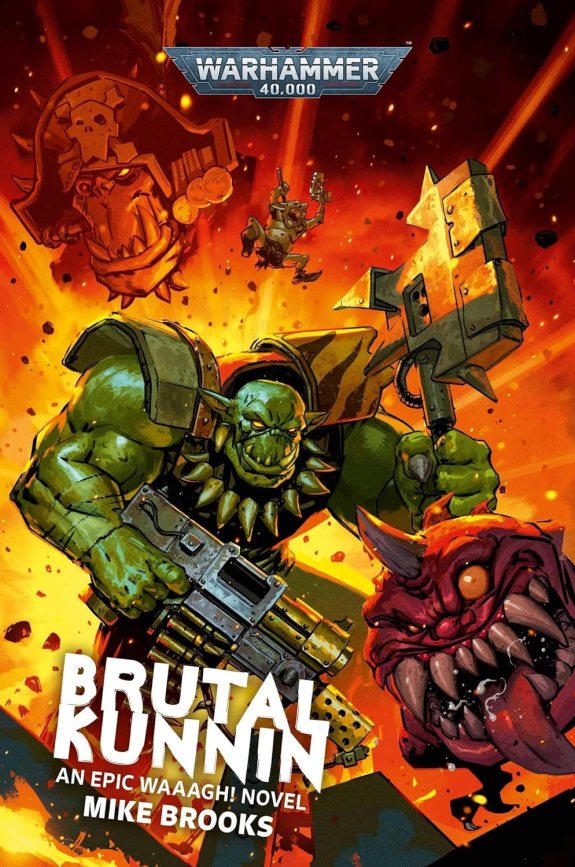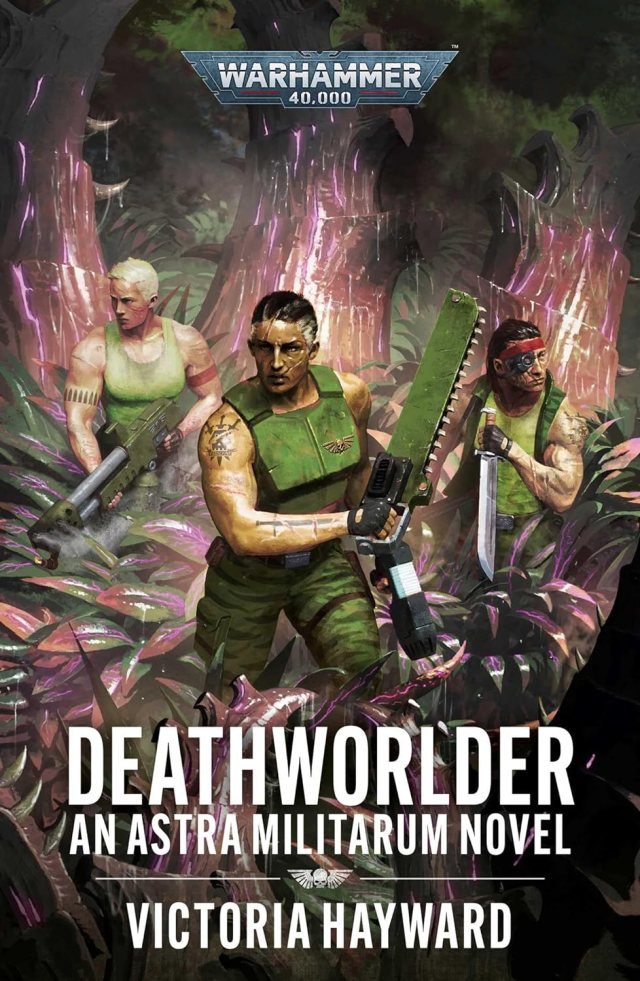In recent weeks, I have been trying to get out reviews of several books I read last year but never got the chance to write anything about. I am hoping to partially rectify that now by publishing quick reviews of three great novels from 2023 I had a fun time reading.
Cold People by Tom Rob Smith

Publisher: Simon & Schuster (Trade Paperback – 1 February 2023)
Series: Standalone
Length: 452 pages
My Rating: 3.5 out of 5 stars
The first book I want to quickly review in this post is Cold People by established author Tom Rob Smith. Cold People was an intriguing science fiction read that presented a very unique scenario to the reader.
Plot Synopsis:
The world has fallen. Without warning, a mysterious and omnipotent force has claimed the planet for their own. There are no negotiations, no demands, no reasons given for their actions. All they have is a message: humanity has thirty days to reach the one place on Earth where they will be allowed to exist… Antarctica.
Cold People follows the journeys of a handful of those who endure the frantic exodus to the most extreme environment on the planet. But their goal is not merely to survive the present. Because as they cling to life on the ice, the remnants of their past swept away, they must also confront the urgent challenge: can they change and evolve rapidly enough to ensure humanity’s future? Can they build a new society in the sub-zero cold?
This was a pretty cool (ha ha) story, although I must admit it went in some directions that I really wasn’t expecting. Based on the synopsis, I was expecting Cold People to primarily show the harrowing journey that many different people would take to get to the safety of Antarctica, which would have made for a great story on its own. Instead, only the first section of the book really showcased this journey, which was honestly a rushed introduction to the whole plot. The rest of the book skips ahead many years and dives into showcasing the ongoing struggles that humanity faces whilst trapped in Antarctica. This part of the book then becomes a cautionary tale about genetic modification as various geneticists work to make humans more adaptable to living in the ice, only to unleash something far more dangerous than the alien threat above.
I honestly had some issues with how Cold People is structured. I felt that this book might have been better if the author had either focused fully on the journey to Antarctica or set it completely in the isolated future and explored the journey in flashbacks for several characters. The focus on genetically enhanced humans was also an interesting choice, and while it was primarily to explore how humans are capable of surviving anything, it felt very unrealistic in places and got way out of hand. It was also odd that you really don’t get to find out anything about the mysterious aliens who caused the human exodus, and you are instead left wondering about who or what they were.
Still, there were some great elements to this book. The genetic antagonists are pretty scary, and Smith does a good job diving into the psychology behind them. I also really loved the author’s intriguing insights into the hostility of Antarctica as a continent and how hard it would be to live on it. The clever way Smith built up the background setting to showcase several ingenious ways that humans could potentially adapt and survive in such a scenario was quite fascinating, and it proved to be a great part of the book. As such, Cold People is an interesting novel to check out, and many readers will appreciate Smith’s ideas about humanity and its strong desire to survive.
Code Red by Kyle Mills (Based on the series by Vince Flynn)

Publisher: Simon & Schuster (ebook – 4 October 2023)
Series: Mitch Rapp – Book 22
Length: 352 pages
My Rating: 4 out of 5 stars
The next book I want to highlight here is Code Red by Kyle Mills, which served as the 22nd entry in the long-running Mitch Rapp series that was originally written by the late Vince Flynn. Following a hyperviolent veteran American spy as he goes up against a range of deadly threats in unusual thriller situations, the Mitch Rapp books are a key part of my yearly reading schedule, and I have really enjoyed several of the latest entries, including Red War, Lethal Agent, Total Power, Enemy at the Gates and Oath of Loyalty.
Plot Synopsis:
Mitch Rapp returns to make a mortal enemy of Russia in this high-octane and up-to-the-minute installment in the #1 New York Times bestselling series from “one of the best thriller writers on the planet” (The Real Book Spy).
Mitch Rapp hates owing anyone a favor—especially when it’s the world’s most powerful crime lord. But when Damian Losa calls, Mitch is honor-bound to answer.
The Syrian government appears to have created a highly addictive new narcotic that it plans to distribute throughout Europe. It’s a major threat to Losa’s business and he’s determined to send someone to keep him on top by any means necessary. Rapp is the perfect choice for the mission. Not only does he have extensive experience operating in the Middle East, but he’s also entirely expendable. As he crosses into war-torn Syria, Rapp quickly discovers a shocking truth. The new drug isn’t being produced by Damascus to prop up the government’s collapsing finances. Instead, it was created by Russia’s asymmetrical warfare unit, not for profit but as a weapon against the West.
With far more than Damian Losa’s interests at stake, Rapp devises a desperate plan that forces him and his team onto a battlefield where the United States is virtually powerless and allegiances shift almost hourly. Further, if Russia uncovers their plot, it will set off a confrontation between the two countries that could change the course of human history.
This was another exciting entry in the Mitch Rapp books, although I must admit this book wasn’t my absolute favourite novel in the series. Don’t get me wrong, Mills came up with a very compelling story that thrust the protagonist into some dangerous situations as he attempts to repay his debt to the entertaining crime lord Damian Losa. However, in some ways Code Red is a little by the numbers, especially as we have just come off several impressive reads where Rapp was in some very ridiculous or deadly situations, such as a massive power-outage impacting all of America, or the last two books where Rapp found himself at war with a corrupt US President. An infiltration mission into Syria seems a little tame in comparison, so this might have coloured my appreciation for Code Red a little.
Despite this minor complaint, Code Red was a great action-packed read that showcased Mitch Rapp doing what he does best, infiltrating the Middle East and frustrating Russian plans. There are loads of firefights and intense action scenes scattered throughout this book, and I thought the underlying Russian plot to destroy economies and weaken Western society through an addictive drug was very intriguing, especially as it also featured some dark scenes of exploitation and utilisation. Easily read as a standalone novel or as an entry into the wider Mitch Rapp series, Code Red was a fantastic novel that I managed to get through quickly, and it is well worth checking out.
Ordinary Gods and Monsters by Chris Womersley

Publisher: Picador (Trade Paperback – 29 August 2023)
Series: Standalone
Length: 300 pages
My Rating: 4.25 out of 5 stars
The final book I want to feature in this post was the excellent Australian novel, Ordinary Gods and Monsters by Chris Womersley.
Plot Synopsis:
It could have been any summer’s evening, but of course it wasn’t.
It was the end of some things, the beginning of so many others.
Nick Wheatley has finished high school, but he isn’t ready for the rest of his life. His parents are getting divorced, his sister is downright weird and his best friend and neighbour, Marion, seems to have acquired a boyfriend.
One hot night, Marion’s father is killed in a hit-and-run. There are no suspects and no leads. But a sly tip from the local psychic sends Nick and Marion into the undertow of a strange and sinister world they hadn’t known existed in the suburbs – one of inscrutable gangsters, speed-dealing bikies and unpredictable, one-eyed conspiracy theorists.
It’s a world they’ll be lucky to survive.
Ordinary Gods and Monsters was a pretty awesome book from Womersley that proved to be one part crime fiction novel, one part Australian coming-of-age story. Following Nick Wheatley, a young teenager in 1980s suburban Melbourne, as he simultaneously deals with life, complex family issues, and his uncertain relationship with his best friend and neighbour Marion. Life becomes even more complicated when he is forced come to terms with the death of Marion’s father. Thanks to a tip from a drug-dealing psychic, Nick finds himself identifying a series of clues that suggest that Marion’s father was murdered, and he takes it upon himself to investigate.
The resulting story is an interesting mixture of elements that will appeal to a range of different readers. Womersley does an excellent job of portraying the life and difficulties of a teenage protagonist, and I loved the protagonist’s very relatable take on the various events, both mundane and unusual, going on around him. This dramatic, 80’s focused, character-driven storyline blends extremely well with the more crime fiction elements of the book, as the protagonist finds himself becoming more and more involved with searching for the person responsible for Marion’s father’s death. His unlikely investigation adds some exciting spice to an already engrossing coming of age tale, and you get drawn into his attempt to find answers.
The result of this plot is very interesting, especially as the reveal about who is behind everything is well handled and compelling. Womersley also adds in a very compelling final sequence, where Nick and Marion find themselves confronting the perpetrators in a dangerous scenario. The conclusion of this confrontation will leave readers wondering about what truly happened, and which I felt was a great end to this book. An overall excellent piece of Australian fiction that I had a great time reading.





